GRITH continues to connect with energy transition experts, inviting them to share expertise and experience with the consortium during online workshops. The latest session, on 17th March, highlighted the topic of Closed Distribution Systems and holistic renewable energy systems on industrial sites.
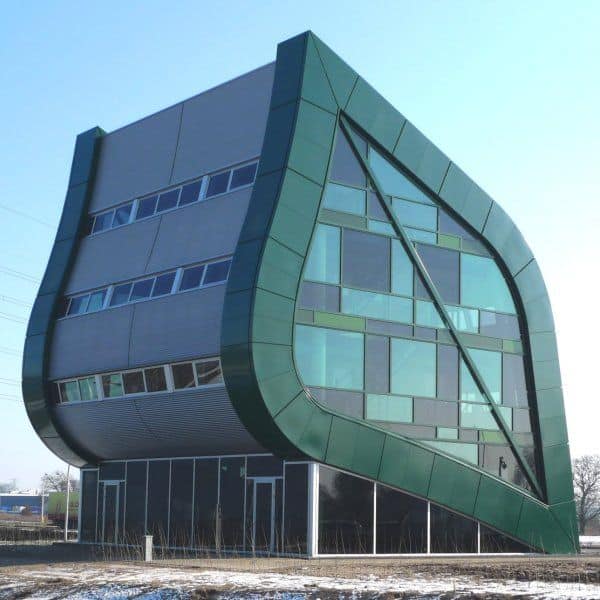
Ecofactorij Apeldoorn
The Ecofactorij
Following introductions, Steven Lobregt, got the ball rolling with an inspiring presentation on the Ecofactorij industrial site. The Ecofactorij industrial site in Apeldoorn, is a pioneering project led by Sparkling Projects and part of Dutch MOOI subsidy programme. This initiative is transforming the way energy is managed in the industrial sector, providing an exciting model for other regions and businesses looking to embrace smarter, more sustainable and less independant energy solutions.
Steven highlighted innovative projects aimed at improving energy efficiency and integrating smart technology into the local business ecosystem. A major focus is the investment in 9+2 advanced battery storage systems, which are financed by banks and supported by government subsidies. These systems play a vital role in balancing the energy grid and addressing market imbalances. However, the direct connection of batteries to the grid is strictly prohibited at Ecofactorij due to concerns over network congestion.
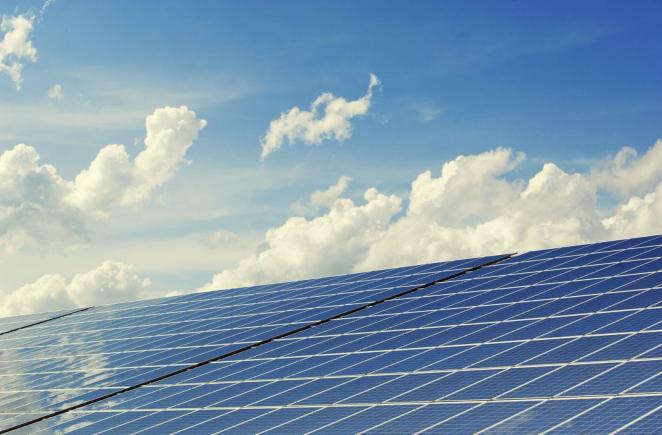
Costs, contracts, collaboration
Ecofactorij's approach to energy management revolves around optimizing battery storage to reduce peak demand (also known as peak shaving). The system operates on a compensation model where businesses can receive benefits for helping to reduce peak consumption. Importantly, the recovery time for the batteries is three times longer than the duration of peak demand, ensuring reliable performance.
The initiative also features new energy contracts designed to help businesses manage their energy capacity. These contracts, including capacity-limiting agreements, allow for flexible collaboration among 25 companies operating within the Ecofactorij network. This cooperation is enhanced through smart grid technology. One of the experiences of this CDS is that AI is not yet suitable and specific enough for optimization and that the combination of PLC systems in combination with human analytics is currently still the best way forward.
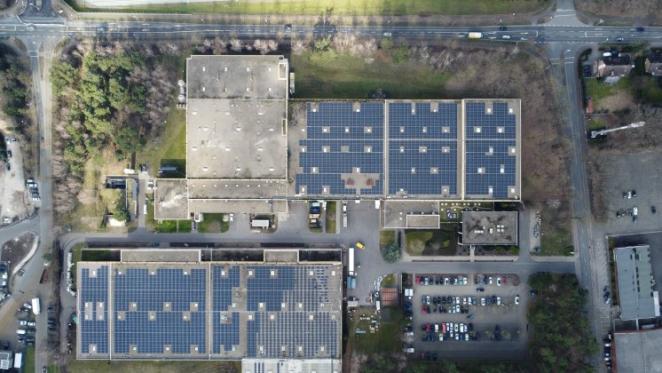
Greenflash
In the second presentation, Markus Hagendorn of Greenflash shed light on this German company's innovative approach to decentralized energy systems.
Greenflash supports German industrial clients in the energy transition, guiding industries and businesses to become carbon neutral or carbon positive.
They use advanced AI to optimize energy management and cost efficiency, providing cutting-edge solutions for businesses looking to future-proof their energy systems and facing challenges with electrification, volatility, rising grid charges, CSRD and decarbonization.

VELTINS-Arena, Germany (stock)
Some success stories
Markus shared several inspiring projects led by Greenflash, showcasing the impact of smart energy systems across different industries:
- FC Schalke 04: A solar PV system installed on the roof of the stadium.
- Reckers: An iron foundry that utilizes electric furnaces, powered by renewable energy.
- Modehaus Schulte: A commercial center featuring solar panels and charging stations for electric vehicles.
- RWG Lohne: A large EV charging station integrated with a solar PV system.
With battery prices dropping by nearly 50% over the last two years, many projects are now revisiting their energy strategies to include battery storage as part of their overall energy solution.
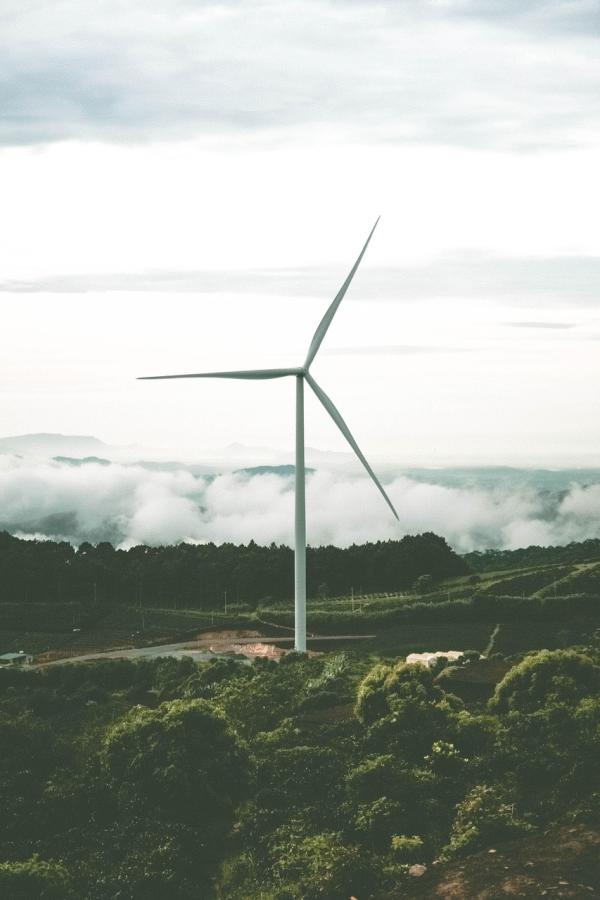
Key takeaways
Both presentations inspired the GRITH partners, as was evident in the interactive Q&A sessions. We noted some key takeaways:
- One discussion point raised was about permits for green energy projects and the 10% reduction in grid costs available to businesses that connect to a CDS network.
- Transport costs for energy distribution are shared between businesses so joining a CDS network allows companies to benefit from a more efficient system.
- While subsidies are crucial in the early stages, it is important not to be overly reliant on government funding to avoid long-term financial dependence.
- A single connection can be financially advantageous when shared effectively across multiple entities.
- Many systems are financially driven and still rely on grid energy despite the potential for self-sufficiency. Optimizing for self-sufficiency could provide long-term benefits for both businesses and the environment.
- Account for variations in battery storage capacity. This has a significant impact on the effectiveness of energy systems, which is a key factor in project planning and optimization.
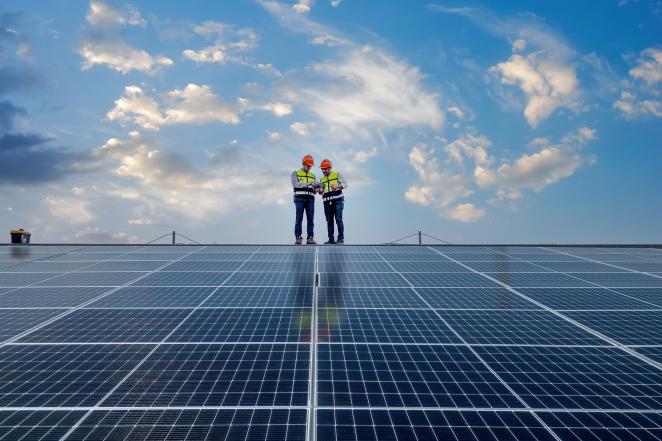
Insights for the energy Transition
As the energy transition continues to unfold, our invited experts provided valuable advice for businesses looking to navigate the challenges and seize opportunities:
- Steven Lobregt: "Be honest about the ups and downs of the energy transition. It’s not easy, but taking risks is essential for long-term success."
- Markus Hagendorn: "Effective planning and real-time data are crucial to convincing businesses of the benefits of smart energy systems."
Ecofactorij and Greenflash are leading the change in creating sustainable, smart energy solutions that are reshaping the future of business energy management. With continued innovation and collaboration, the energy landscape is poised for transformation.
